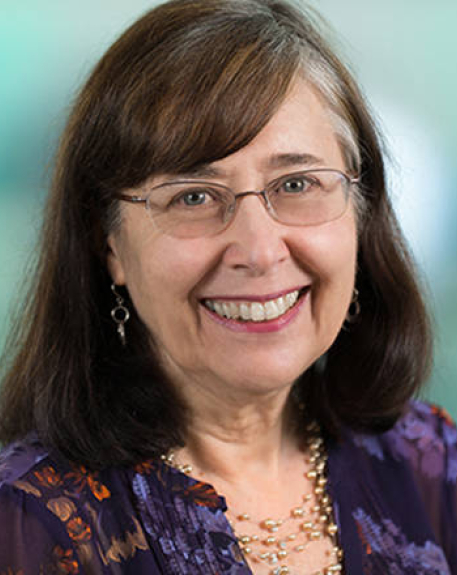1997 INDUCTEE Robert Noble, MD PhD Cancer
February 3, 1910
(Toronto, Ontario)
December 11, 1990
MD, University of Toronto (1934)
PhD, University of London (1937)
1988: Officer of the Order of Canada
1984: Gairdner Foundation International
See All AwardsAwards & Honours:
1988: Officer of the Order of Canada
1984: Gairdner Foundation International
Fellow of the Royal College of Physicians and Surgeons
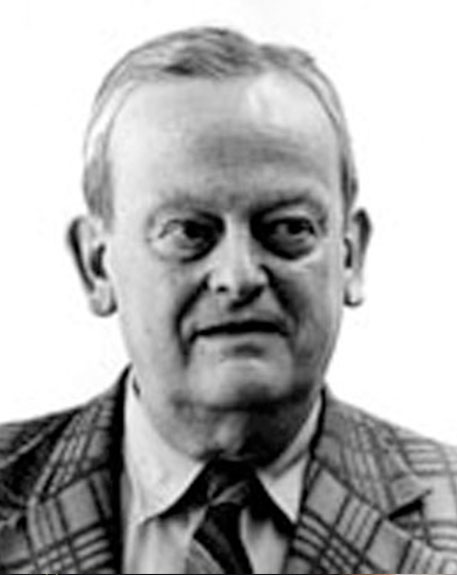
Credited with the discovery of vinblastine
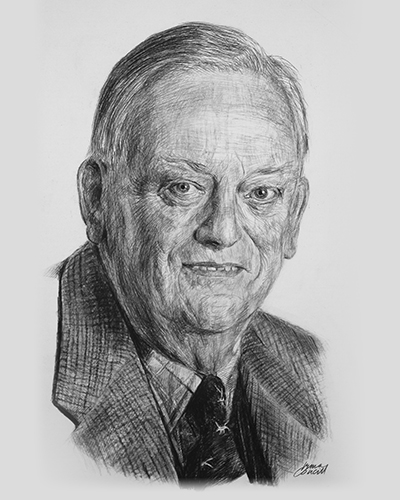
An esteemed Canadian investigator and ingenious experimentalist
In 1952, Dr. Noble received an envelope that had 25 Madagascar periwinkle leaves enclosed from Jamaica. The envelope was sent from Miss Lily Farquharson via her doctor Dr. E. Clark Noble, a Toronto clinician and Robert’s brother who as a student, had once been a diabetes researcher with Macleod. From the leaves, Dr. Noble developed a concentrated extract and injected it into laboratory rats. The rats all died, which Noble’s laboratory assistant Halina Czaikowska Robinson discovered was caused by a significant reduction of white blood cells. Nobel listened to her observations. Although the extract had little effect on blood sugar levels, it held promise for cancer treatment. Joined by Dr. Charles Beer, Dr. Noble led the team to make the ground breaking discovery of vinblastine. While not a cure, in combination with other drugs, vinblastine had a major impact on controlling the growth of a number of different types of cancers.
Dr. Noble and Dr. Charles Beer were jointly nominated and inducted into the Canadian Medical Hall of Fame.
Key Facts
Published over 200 articles
Vinblastine was the first major Canadian advance in cancer chemotherapy
At the time of its discovery, vinblastine was the most effective treatment available for Hodgkin’s lymphoma
Established the Cancer Research Group UBC, which attracted an influx of prominent faculty members
Honoured with the Robert L. Noble Prize, a prestigious award that is granted annually by the National Cancer Institute of Canada
Professional timeline
Impact on lives today
Today, vinblastine is still widely used in conjunction with other drugs to treat various forms of cancer, including non-small cell lung cancer, melanoma, and breast, bladder, brain and testicular cancers. It remains a primary treatment for Hodgkin’s disease, and is also used to treat histocytosis, a characteristic component of a group of rare diseases that previously had limited therapeutic options.
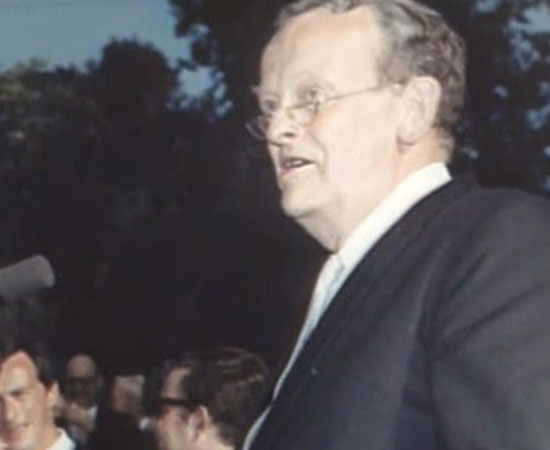
1997
-
Robert Noble posthumously inducted into the Canadian Medical Hall of Fame
London, Ontario
-
Despite his official retirement in 1975, Noble remained committed to science
CancerHe became an Honorary Member of the BC Cancer Agency in the Division of Cancer Endocrinology where he continued his research until his death in 1990.
-

Noble was appointed Director of Cancer Research and Professor of Physiology at the University of British Columbia
Leadership in Organizational Development, Health and Medical Education & Training, CancerAt UBC, he continued pioneering research and mentored future scientists.
-
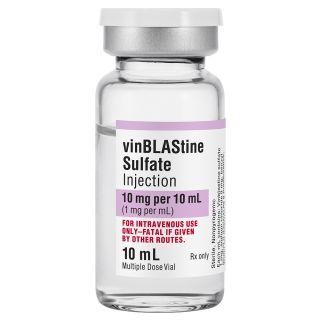
The purification process of vinblastine was patented in the name of Drs. Beer, Noble and doctoral student Dr. J.H. Cutts
CancerThe drug was made widely available in partnership with the university and the Eli Lilly Company, significantly impacting the lives and treatment of millions of cancer patients worldwide.
-
Noble and his team worked with Dr. Harold Warick in Toronto and Mr. Mac Whitelaw in Vancouver to initiate human clinical trials
Evidence-based Medicine & Clinical TrialsWithin two years, this Canadian team had announced the successful results of their study.
-
Dr. Charles Beer joined Noble’s research team
CancerThe combination of their skills and expertise led to the isolation and purification of “vinblastine” in 1958.
-
Noble’s research focused on potential anti-diabetic properties of the periwinkle plant extract, however, he confirmed that it had little effect on the blood sugar levels of experimental rats
CancerLaboratory technologist Halina Czajkowska observed, however, that the extract destroyed the rats’ white blood cells and bone marrow. This finding raised the possibility that the extract could be used to treat leukemia, a cancer characterized by high counts of abnormal white blood cells.
-
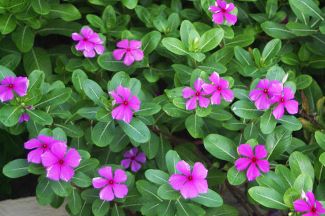
Dr. C.D. Johnson, a graduate of McGill University who lived in Jamaica, hypothesized that properties of the periwinkle plant had an anti-diabetic component.
Johnson sent samples of the plant to Dr. E. Clarke Noble for further investigation.
-

Noble joined the University of Western Ontario
Leadership in Organizational DevelopmentIn 1947, he was appointed Associate Director of the Collip Medical Research Laboratory.
-
After completing his MD at the University of Toronto, Noble pursued his PhD at University of London
He then returned to Canada and worked alongside the revered Dr. J. B. Collip at McGill University, where he focused his research on endocrine-related cancers.
1937
He was a skilled and ingenious experimentalist.


